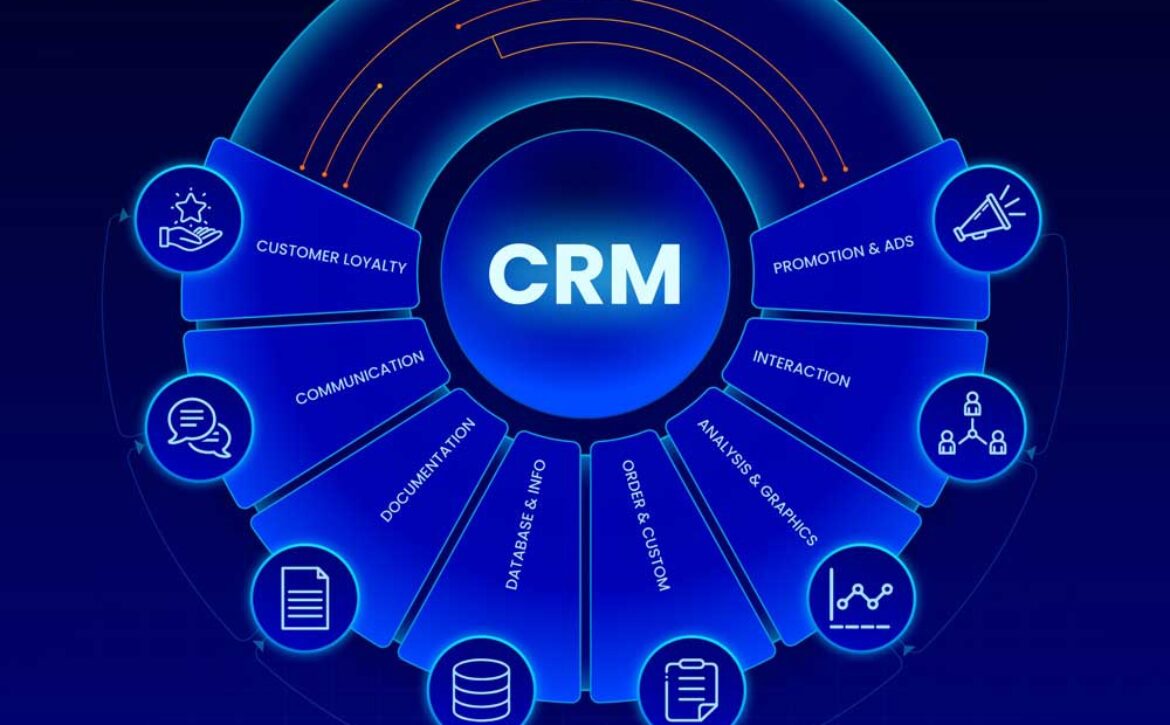
CRM Design Price and CRM Design Pricing Factors
Customer Relationship Management (CRM) systems have become integral tools for businesses looking to streamline their operations, enhance customer interactions, and ultimately boost profitability. Whether you’re a small startup or a large enterprise, understanding CRM design pricing and the various factors that influence it is crucial before embarking on this journey. In this blog post, we’ll explore CRM design pricing factors and how they impact the overall cost of implementing a CRM system.
What Is CRM Design?
Before delving into CRM design pricing, let’s clarify what CRM design entails. CRM design refers to the process of creating a tailored CRM system that aligns with a company’s unique needs and objectives. It involves the selection of software, customization, integration, and user interface (UI) and user experience (UX) design. A well-designed CRM system should enhance customer engagement, automate repetitive tasks, and provide valuable insights to inform decision-making.
Factors Influencing CRM Design Pricing
Types of CRM System
- Off-the-Shelf CRM: Pre-built CRM solutions come at a lower initial CRM design price, as they are readily available and require minimal customization. However, they may not fully align with your specific requirements.
- Custom CRM: A custom CRM is tailored to your business’s unique needs but typically involves a higher initial CRM design price due to extensive development and customization

Integration Requirements
The complexity of integrating the CRM system with existing software and databases can significantly impact CRM design pricing. Compatibility issues, data migration, and API development all contribute to integration costs.
User Licenses
Most CRM providers charge on a per-user basis. The more users you have, the higher your ongoing licensing CRM design price will be. Consider the number of employees who need access to the CRM when budgeting.
Customization and Features
The extent of customization required, such as tailored workflows, reporting, and dashboards, will affect CRM design pricing. Additionally, advanced features like AI-driven analytics or marketing automation can increase CRM design pricing.
Data Migration
If you are transitioning from an older CRM system or managing a large volume of data, the process of migrating data into the new CRM can be time-consuming and costly, impacting CRM design pricing.
Training and SupportBudget for training your staff to effectively use the CRM system. Additionally, consider ongoing support and maintenance CRM design pricing, which can vary depending on the complexity of your CRM.
Cloud vs. On-Premises
Hosting options also impact CRM design pricing. Cloud-based CRM systems typically have lower upfront CRM design prices but involve recurring subscription fees. On-premises solutions have higher upfront CRM design prices but lower ongoing expenses.
Scalability
Ensure that the CRM system can scale with your business. Investing in a scalable solution may cost more initially but can save you from costly migrations or upgrades in the future, affecting CRM design pricing.
Security and Compliance
Industries with strict data security and compliance requirements may need additional features or certifications, which can increase CRM design pricing.
Vendor Selection
Different CRM providers have varying pricing models. Comparing quotes from multiple vendors can help you find the most cost-effective CRM design price for your needs.

Budgeting for CRM Design
Creating a budget for CRM design involves considering the factors mentioned above and striking a balance between your business requirements and financial resources. Here’s a step-by-step guide to help you budget effectively:
Define Your Objectives
Clearly outline your CRM objectives and what you aim to achieve with the system. This will guide your customization and feature requirements.
Evaluate Your Current Systems
Assess your existing software and data infrastructure. Determine what can be integrated and what needs to be replaced or updated, impacting CRM design pricing.
Estimate User Requirements
Calculate the number of users who will access the CRM. This will help you determine user license CRM design prices.
Prioritize Features and Customization
Identify essential features and customization requirements. Consider which features are critical for your immediate needs and which can be added later, affecting CRM design pricing.
Consider Implementation Phases
If your budget is limited, you can consider implementing the CRM system in phases, starting with core functionalities, and expanding over time, influencing CRM design pricing.
Request Quotes
Contact CRM vendors and request detailed quotes that include all associated CRM design prices, such as licensing, customization, training, and support.
Factor in Ongoing Costs
Don’t forget to budget for recurring expenses like user licenses, hosting, and maintenance, which are essential components of CRM design pricing.
Allocate Contingency Funds
Set aside a contingency budget for unexpected CRM design pricing expenses or scope changes during the CRM design process.
Review and Revise
Regularly review and revise your budget as the project progresses to ensure you stay on track with CRM design pricing.
Conclusion:
Investing in CRM design can yield substantial benefits for your business, but understanding the pricing factors and creating a well-thought-out budget is crucial for a successful implementation. By considering the type of CRM system, integration requirements, user licenses, customization, and other factors, you can make informed decisions that align with your business goals and financial resources, ultimately impacting CRM design pricing.
A well-designed CRM system can enhance customer relationships, improve efficiency, and drive growth, making it a valuable investment for businesses of all sizes.




